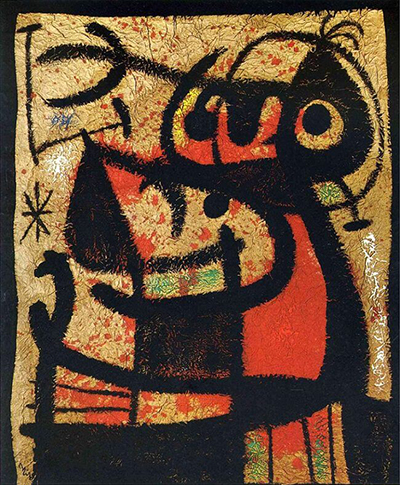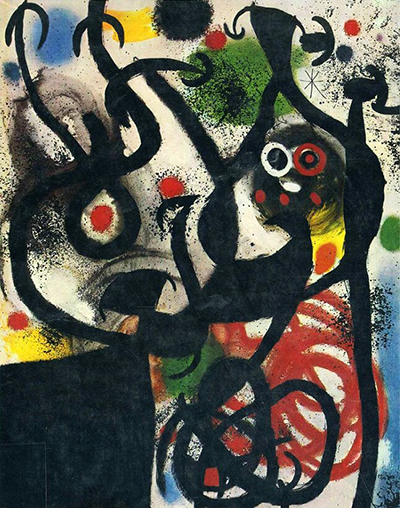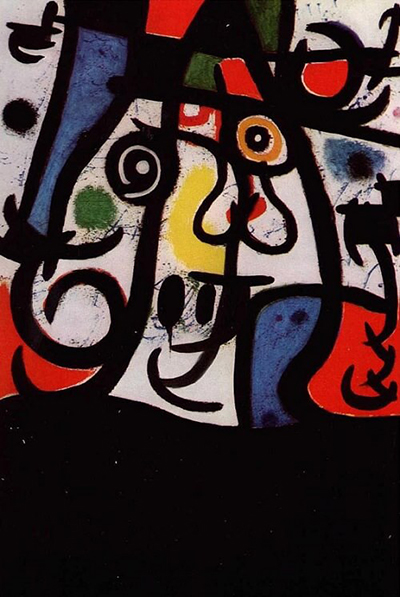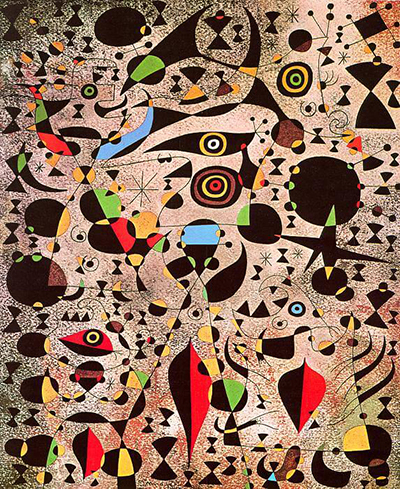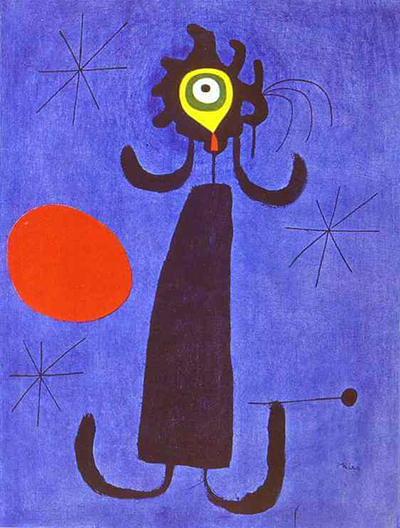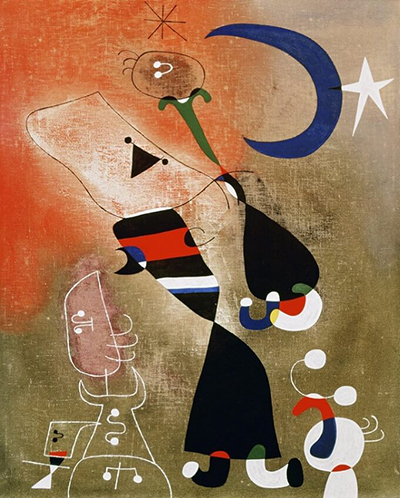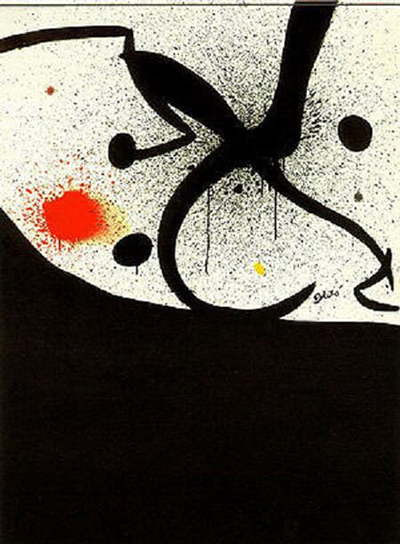Joan Miro produced a plethora of abstract paintings during a long and distinguished career. He ranks as one of the finest Catalan artists of all time, alongside the likes of Antoni Gaudi and Salvador Dali.
Miro's paintings are a combination of influences, taking the wealth of history found in the Catalan region, plus the pride for it felt by it's residents, as well as a deep delve into the subconscious mind and the overall structure of the Surrealist movement. From those, there will always be inevitable comparisons with the work of Dali but, in truth, Joan Miro was very much his own man and produced an oeuvre which stands out within 20th century art and had considerable influence in its own right. The Surrealist work of Dali was more complex and three dimensional where as Miro always prefered a flatter look to his paintings which pushed him towards abstraction. Both were important Catalan artists, with any preference based on personal taste more than any great difference in technical or imaginative qualities as artists.
This was a painter who rejected traditional styles because of their tendency to continue generations of wealth within the upper classes and stifle innovation and creativity. He found the existing art scene to be somewhat of a closed shop, where those in the know would support those that they knew through having the right connections. Miro wanted to break out of this situation and allow artists to compete in an open and fair environment. He said himself, from time to time, about how he desired a revolution in art, bringing these mediums back into the realms of the common man which had been lost for many centuries. Thankfully, he was not the only one with this opinion and found many similar voices in various locations around the south of Europe.
An intriguing element to Miro's abstract paintings is that despite the simplicity and seemingly spontaneous nature of his work, he would actually spend considerable amounts of time preparing each and every artwork. There are thousands of Miro drawings left from his lifetime which have outlined, literally, the development of his ideas prior to commencing these different works in oil. Perhaps there was some influence from Max Ernst, from time to time, with the two working collaboratively and Miro taking notice of his friend's language of symbolism and how he used it consistently across multiple artworks. In terms of other influences, there were many, but Miro has been confirmed from multiple sources as having studied and been inspired by the work of Vincent van Gogh and Paul Cezanne in particular.
Red Sun, Singing Fish and Carnival of Harlequin offer the best of Miro's abstract lines and shapes, with bold colours leading the eye. Prades, The Farm and House with Palm Tree delve into the artist's Catalan background and make use of the Spanish countryside. This section draws together a collection of the finest paintings from Miro, with his sculptures available here. Bold colours are consistent throughout the paintings listed here, whether landscape paintings or abstract portraits. Wassily Kandinsky is similar to Miro in this regard, covering both genres within an abstract approach. Much of 20th century art generally was involved with bright colour and expression, prefering simplicity of form and a more informal and open minded approach to composition and technique.



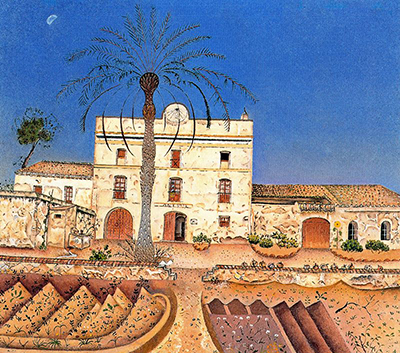
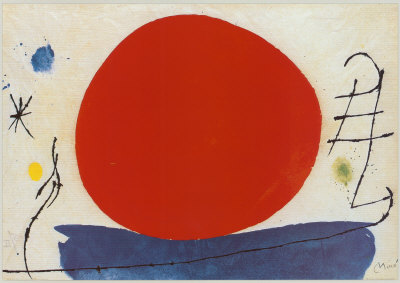
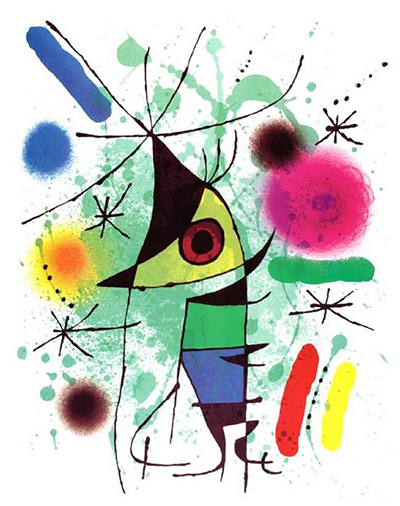
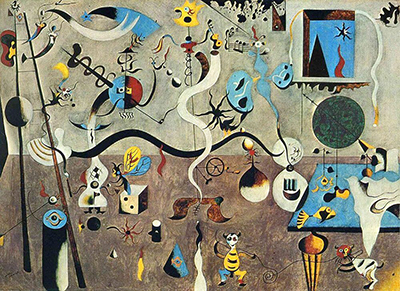
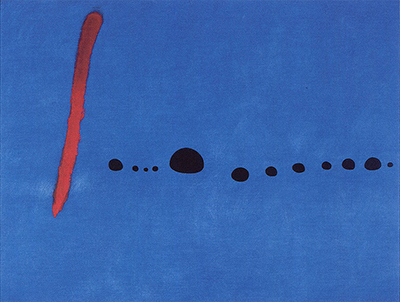
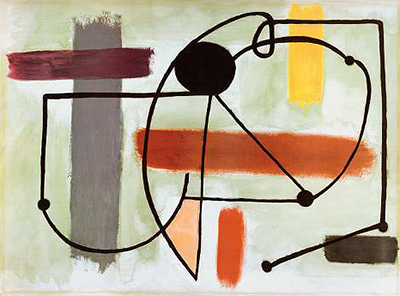
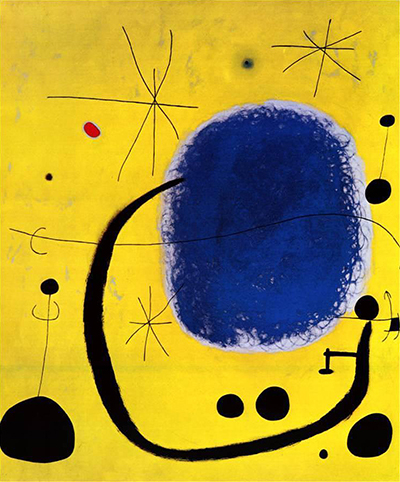
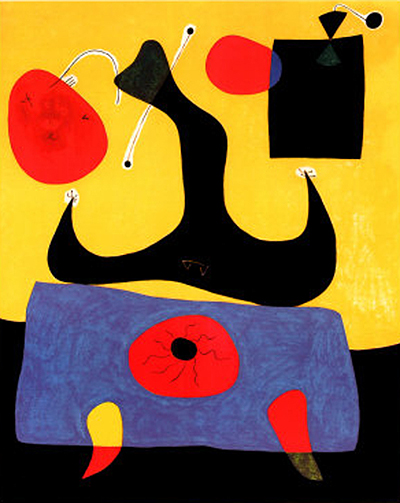
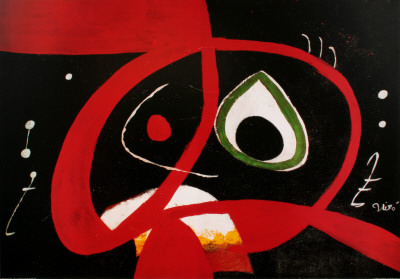
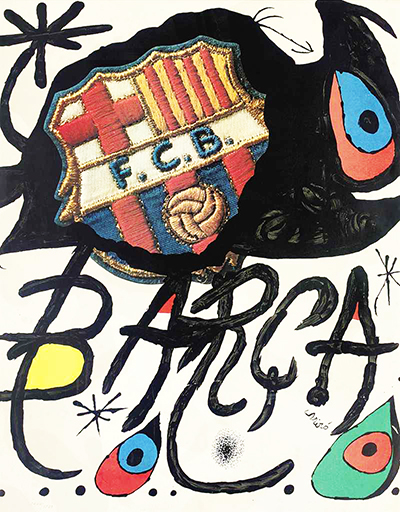
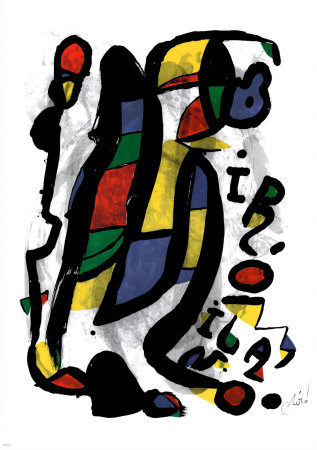
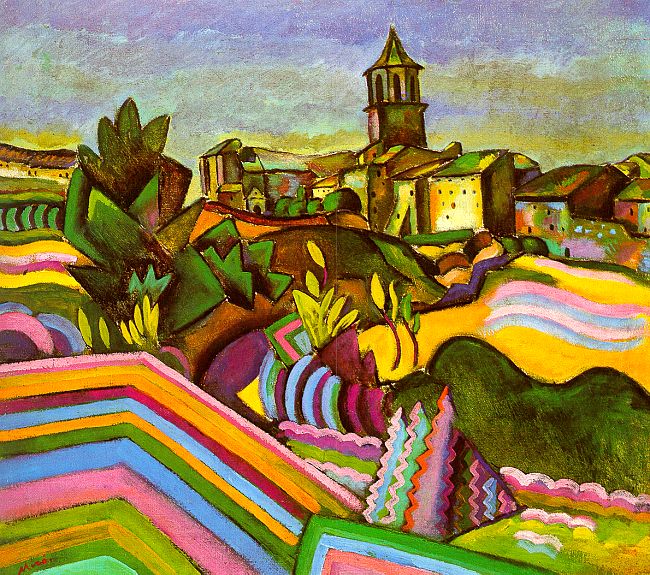
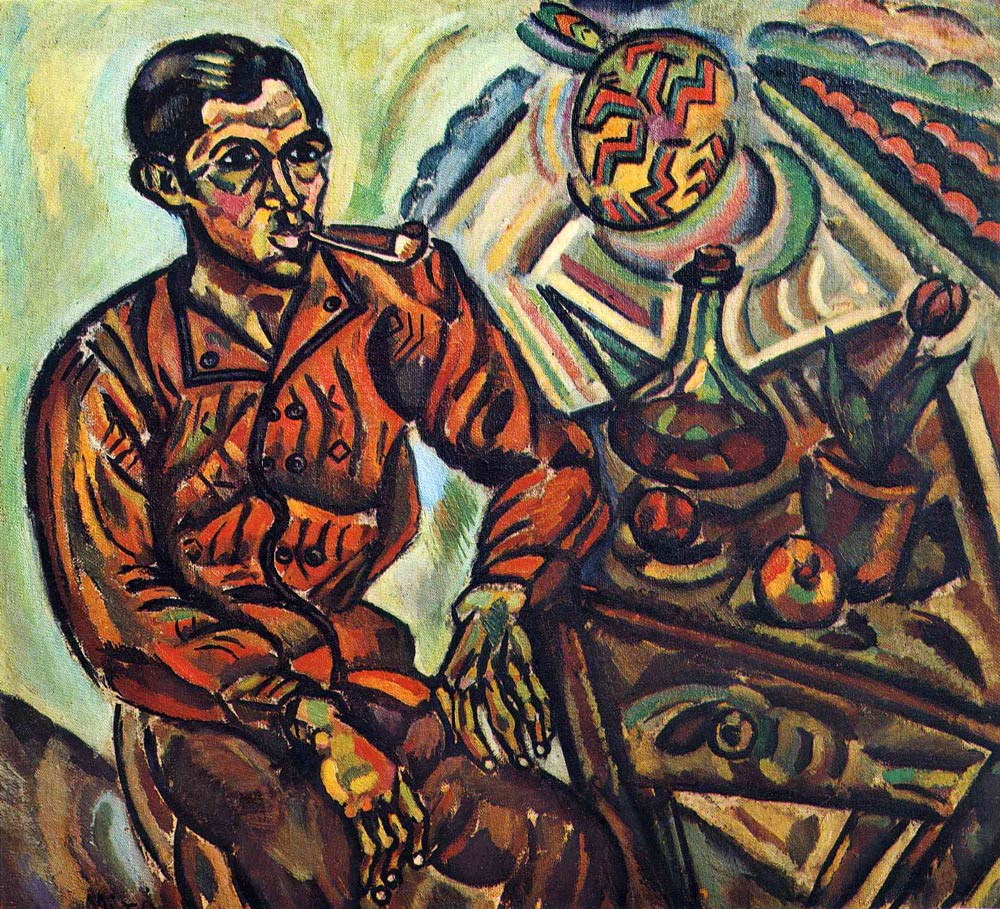
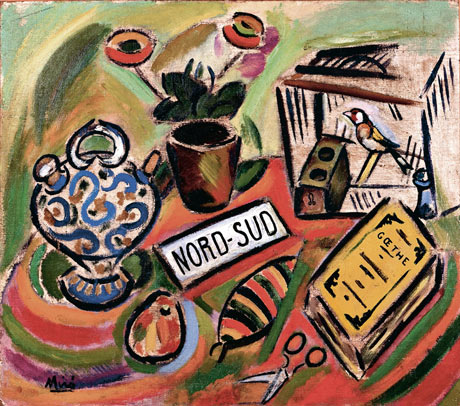
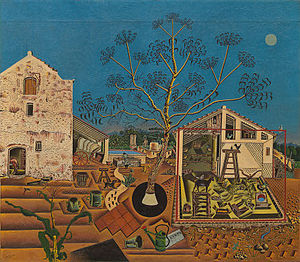
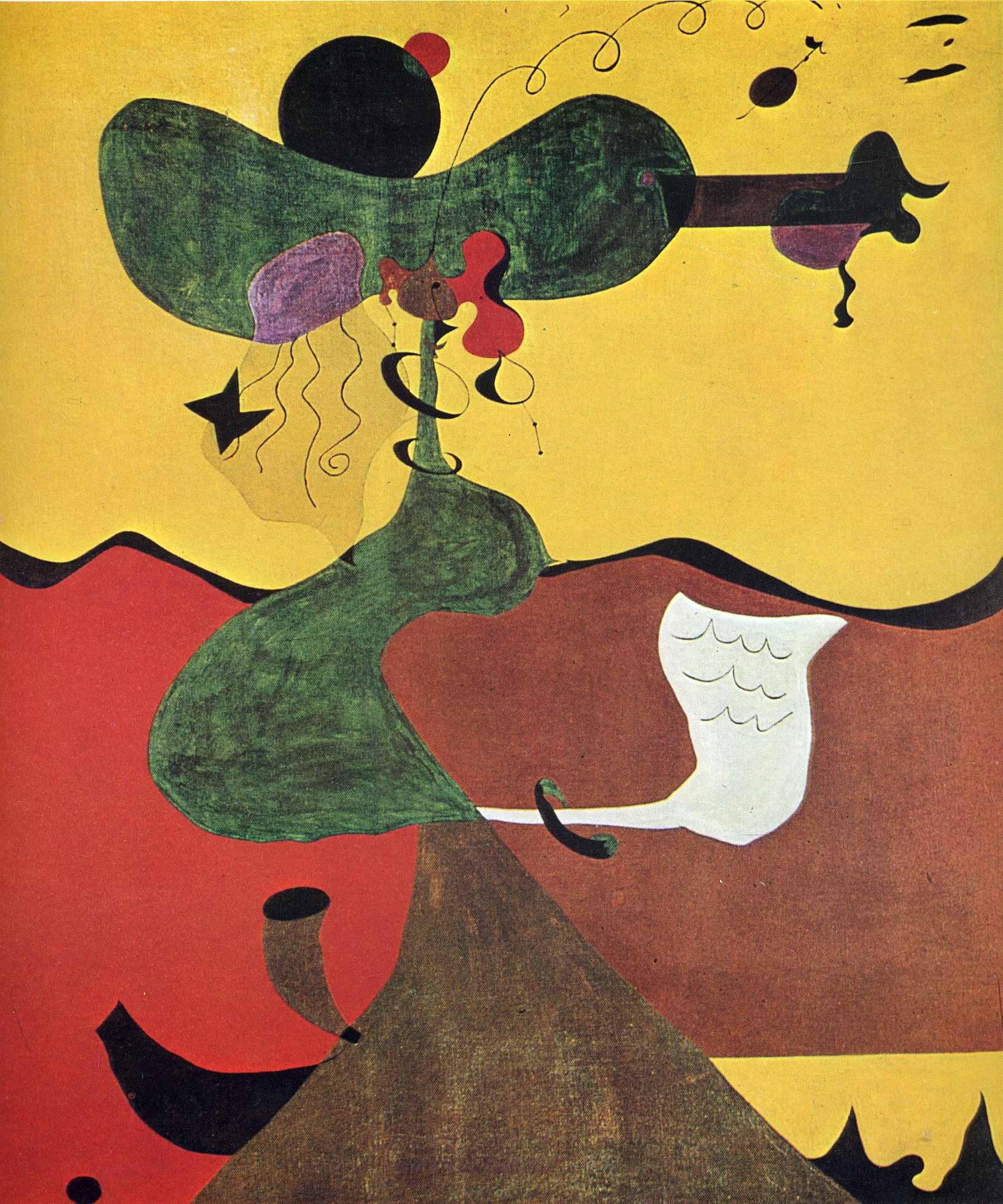
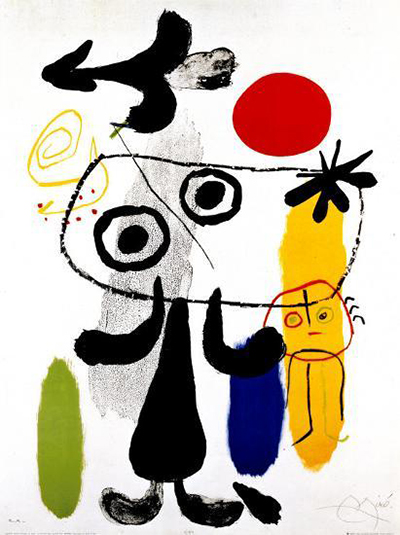
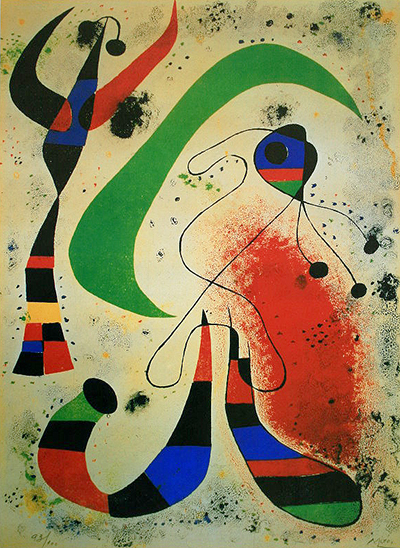
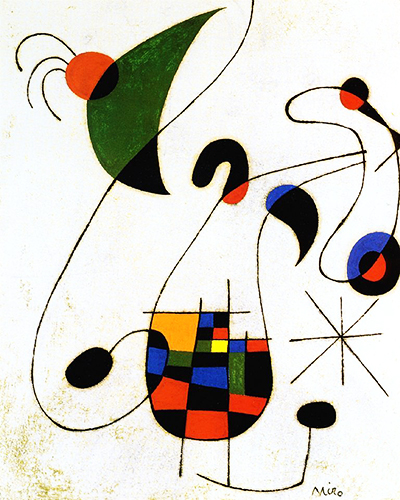
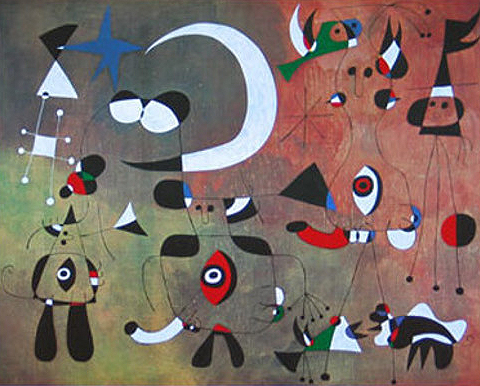
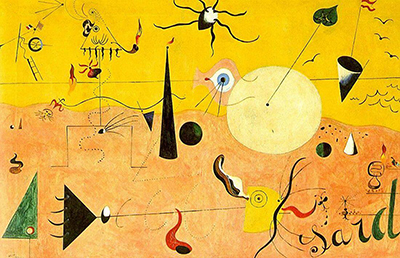
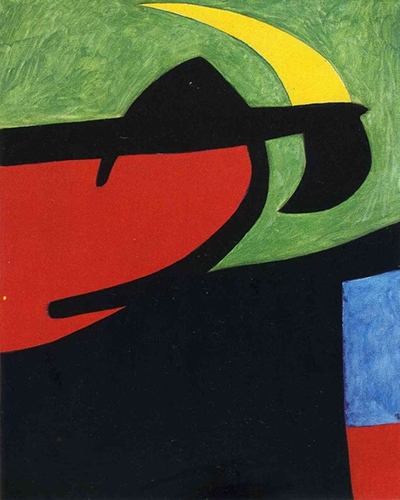
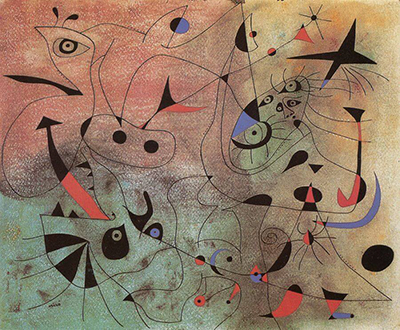
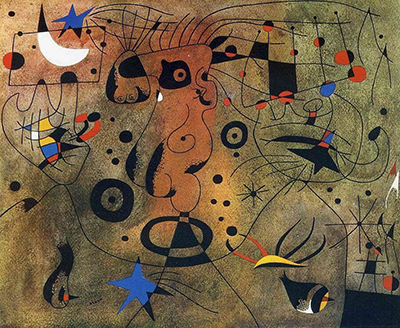
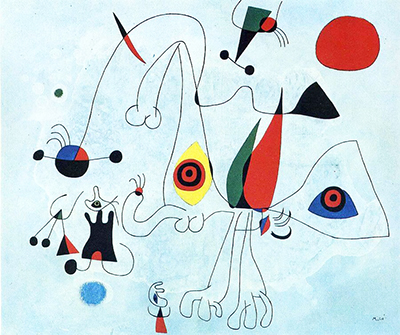
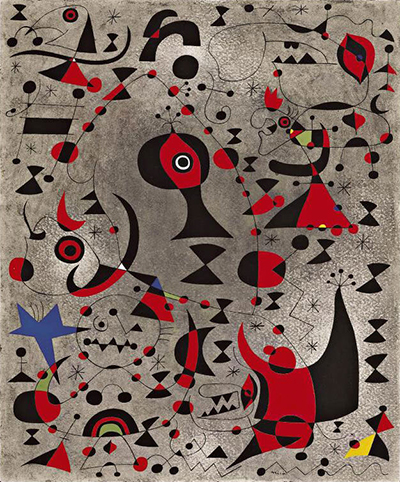
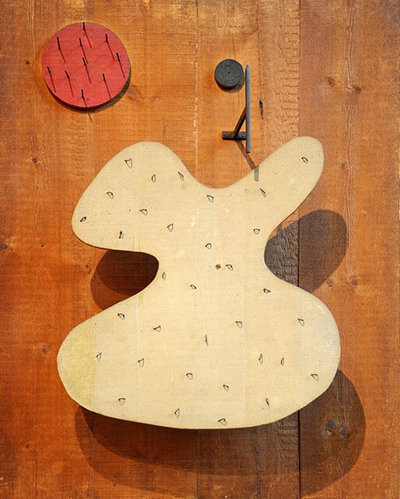
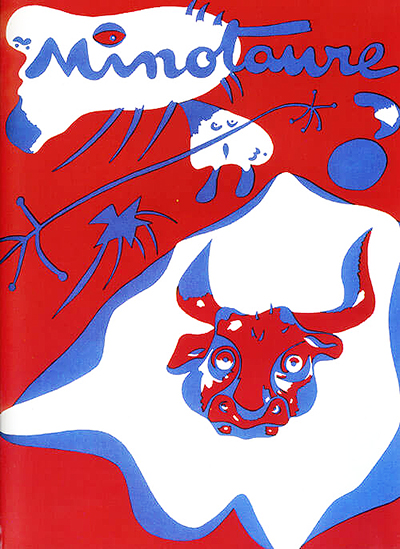
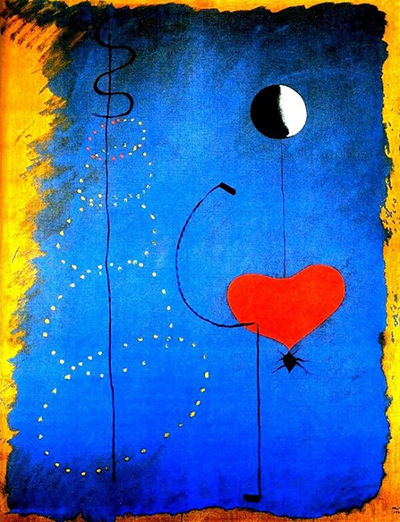

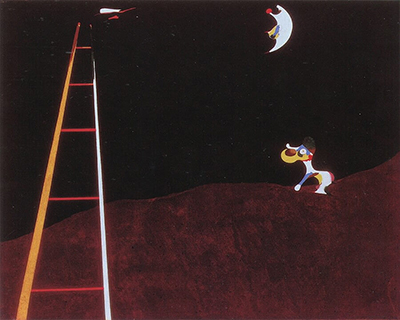
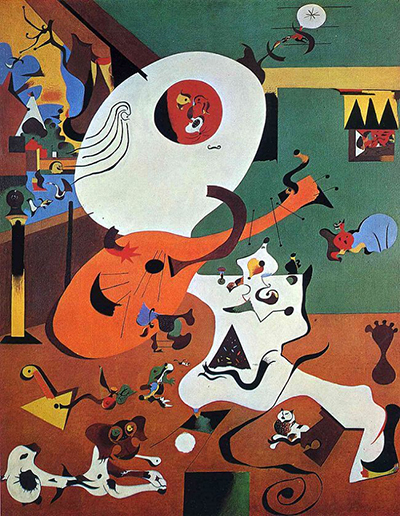
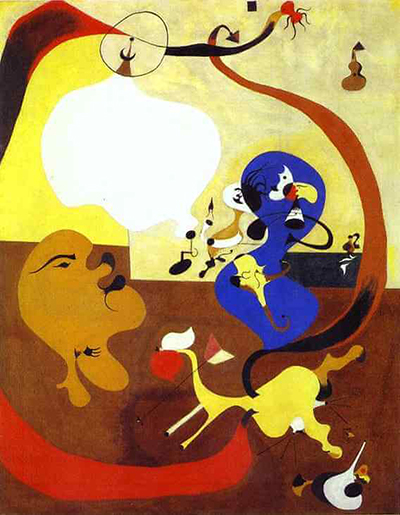
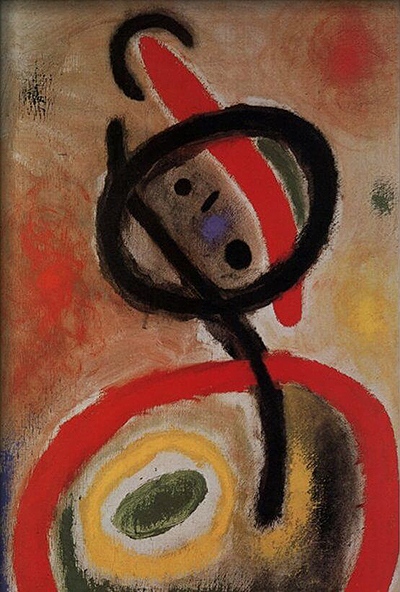
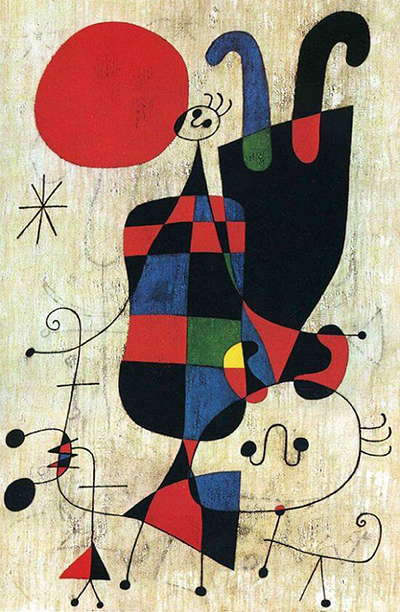
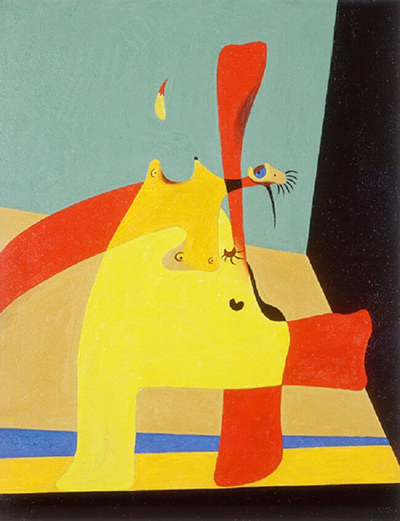
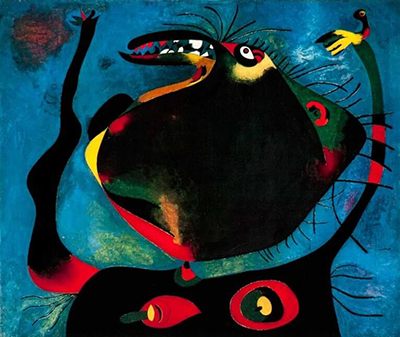
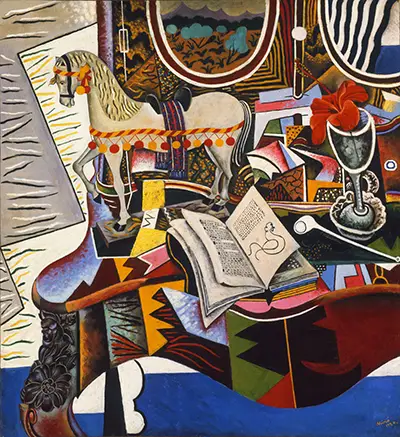
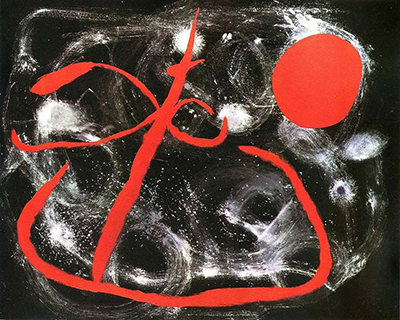
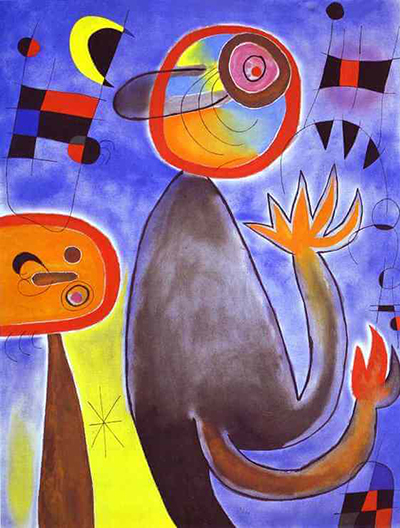
 Joan Miro.jpg)
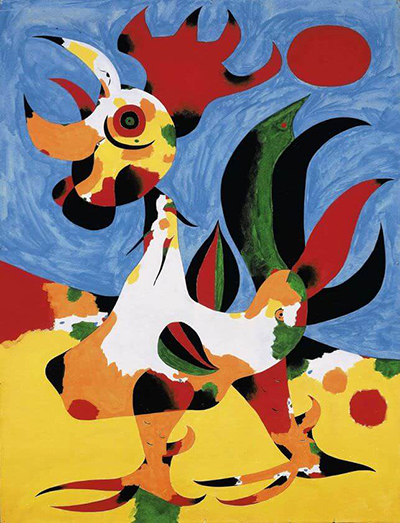
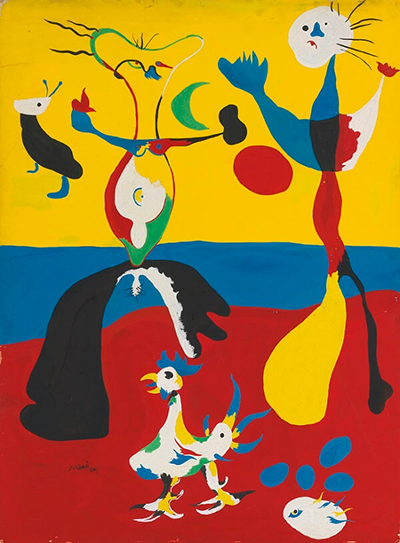
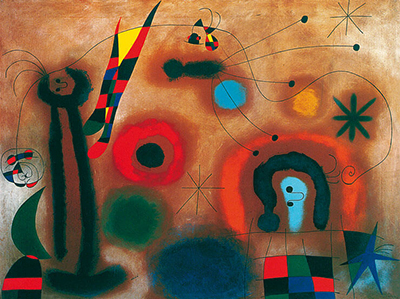
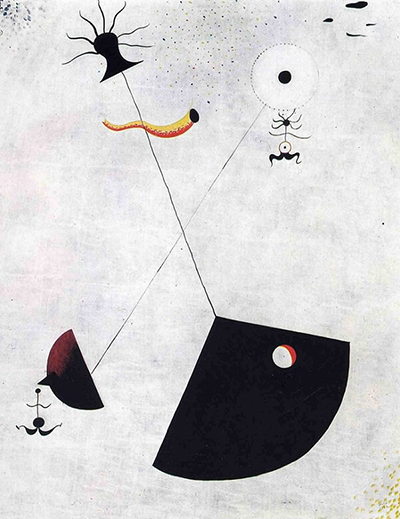
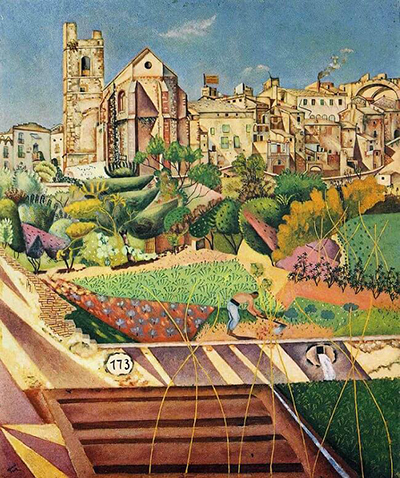
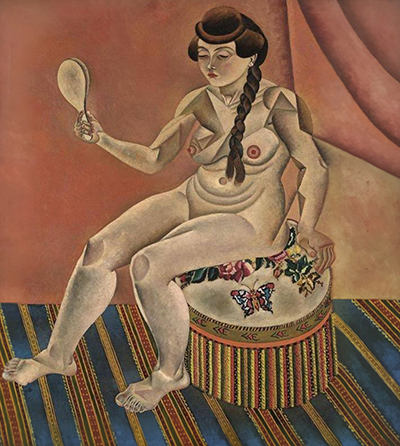
 Joan Miro.jpg)
 Joan Miro.jpg)
 Joan Miro.jpg)
 Joan Miro.jpg)
 Joan Miro.jpg)
 Joan Miro.jpg)
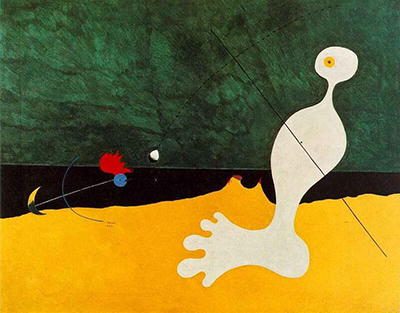
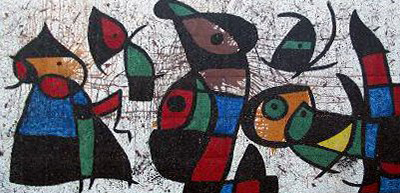
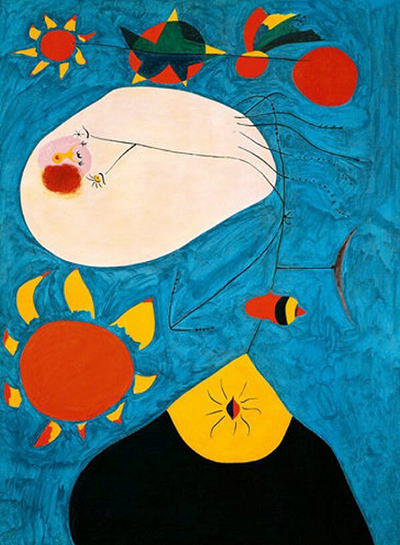
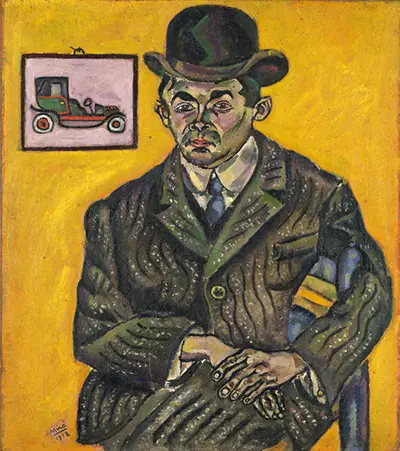
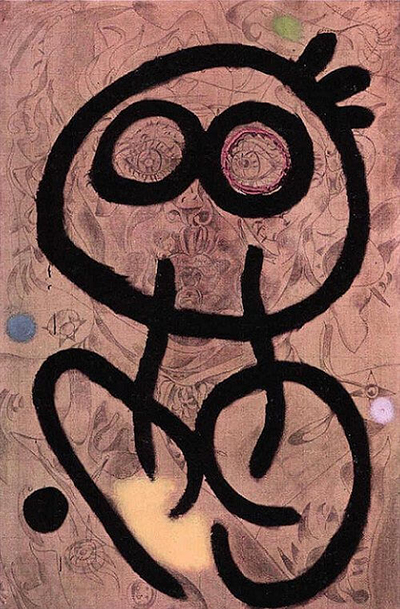
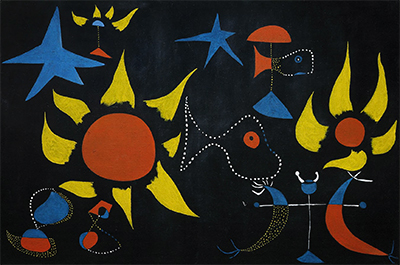
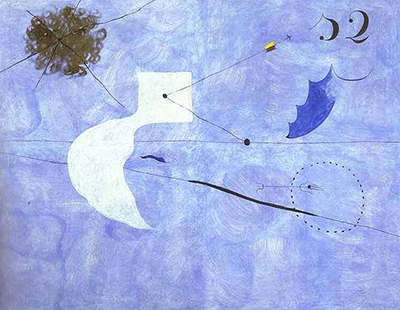
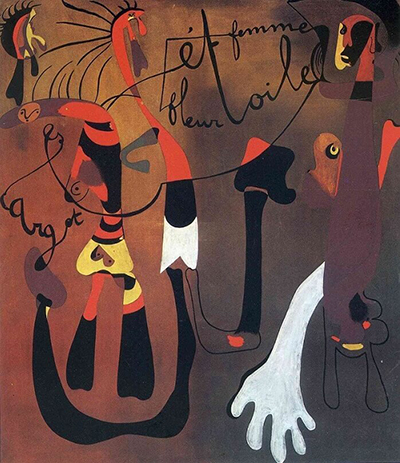
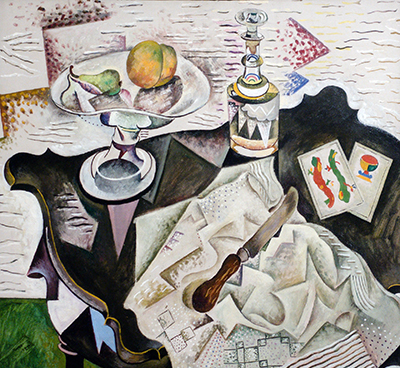
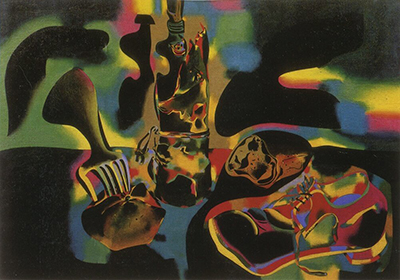
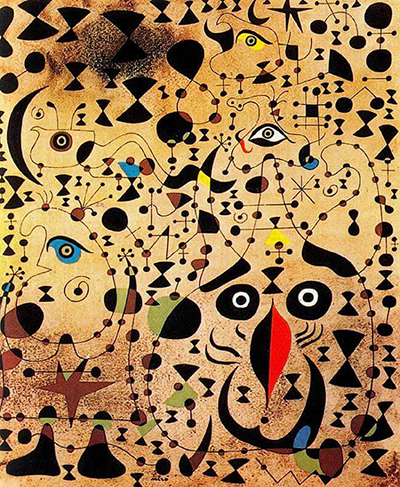
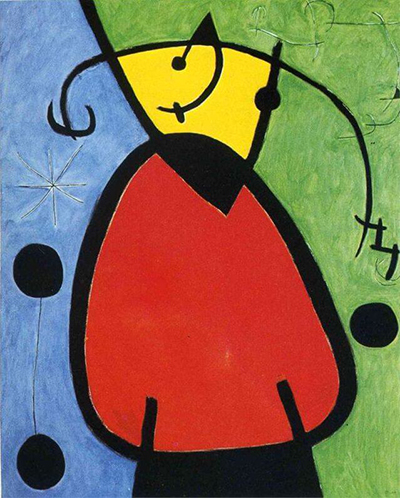
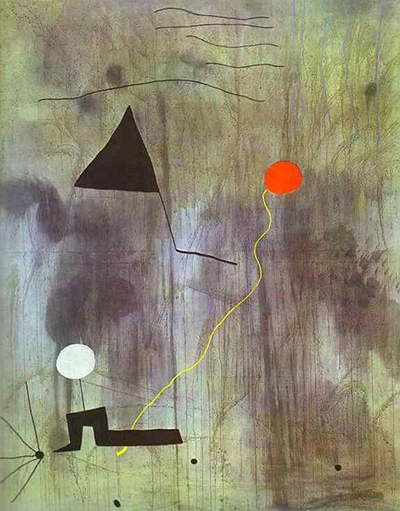
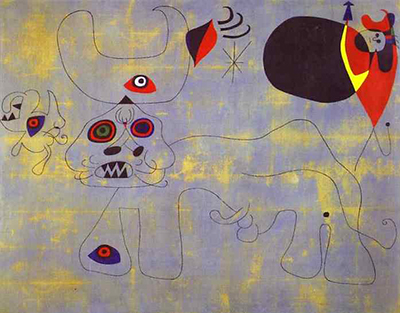
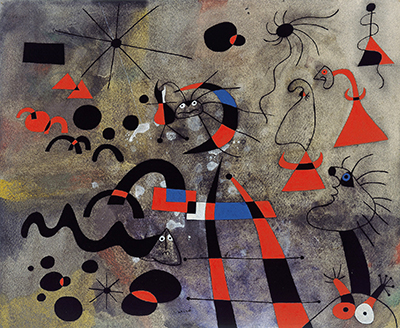
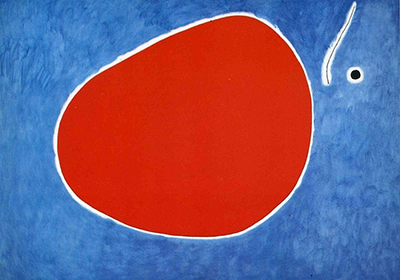
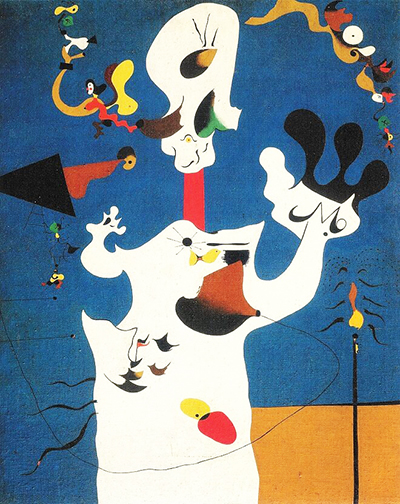
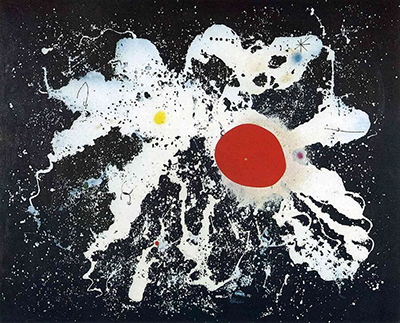
 Joan Miro.jpg)
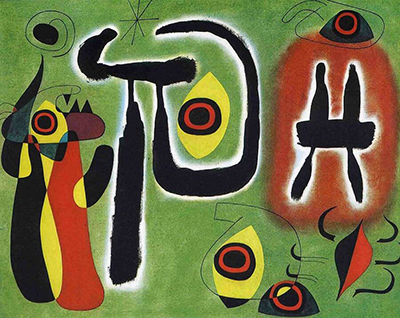
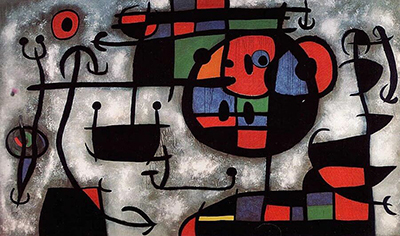
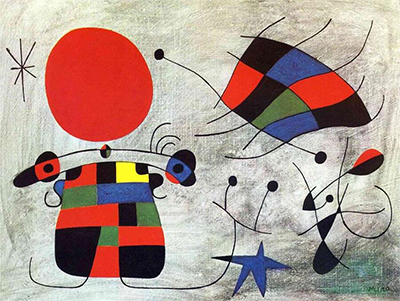
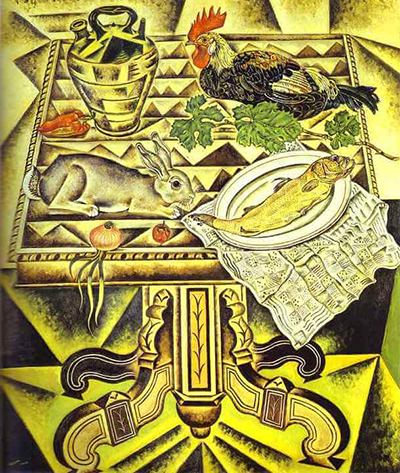
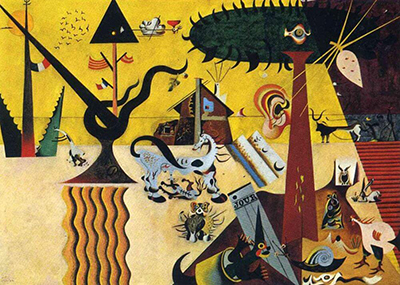
 Joan Miro.jpg)
